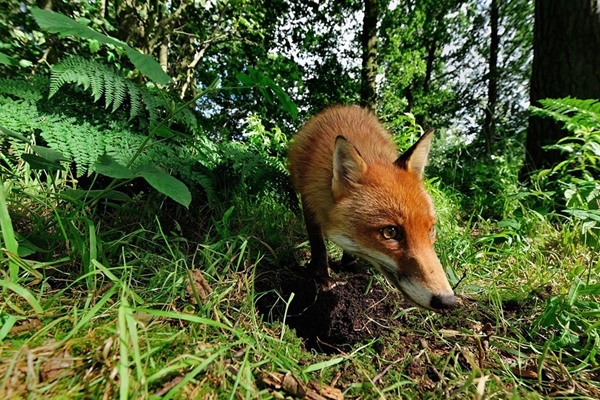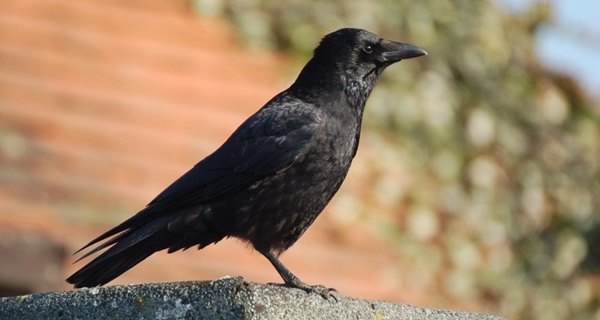
Picture by Laurie Campbell
A GROUND-BREAKING new study has shone a light on the real impact of fox control.
Tom Porteus, a predation expert from the Game & Wildlife Conservation Trust (GWCT), analysed data from 22 shooting estates over three consecutive years using a sophisticated computer model.
By doing so, Dr Porteus was able to reconstruct the unseen processes taking place during fox culling, such as the production of cubs and immigration from other locations. The number of foxes alive within the estate was estimated fortnight by fortnight, so the changes in numbers over time can be clearly illustrated.
He found that all 22 gamekeepers achieved a reduction in fox density when ground-nesting birds are most vulnerable to predation by foxes in spring and early summer. Fox density at the start of this period was on average 47% of what it would have been without culling – and on a few estates it was close to zero.
The rate at which culled foxes were replaced by immigration varied among sites, and affected success. On one estate it was as rapid as 2 foxes per week. This highlights the intensive and sustained control effort than can be required.
Dr Porteus, lead author of the Population dynamics of foxes during restricted-area culling in Britain: advancing understanding through state-space modelling of culling records, published in PLOS ONE, said: “This paper expands our understanding of the impact of fox culling in a range of circumstances, and what determines success or failure.”
“While some of this may seem obvious to practitioners, the impact was not a forgone conclusion, and this study will be important to inform the public debate about lethal control of common predators.”
He continued: “The study also confirms that bag size (the number of foxes killed annually) is not a reliable indicator of effectiveness, as it can simply reflect rapid replacement of culled foxes.”
“The conclusions and analytical methods presented in this paper will be relevant to control of many problem wildlife species.”
To fully understand the context in which we attempt to manage fox predation, it is necessary to consider both the food resources sustaining the fox density in ‘source’ areas, and resources at the receiving end. Going forward, the predation team at GWCT would like to explore what determines fox immigration pressure and answer future questions like where do incoming foxes come from and how do foxes discover game-rich shooting estates?
You can read the paper in full here >
General Licences for 2020

We're asking if you will help fund our challenging programme of work to ensure that those in charge listen not only to the science, but also the reality on the ground.
Please help us by donating by card or PayPal:
Notes to editors
The Game & Wildlife Conservation Trust – providing research-led conservation for a thriving countryside. The GWCT is an independent wildlife conservation charity which has carried out scientific research into Britain’s game and wildlife since the 1930s. We advise farmers and landowners on improving wildlife habitats. We employ more than 60 post-doctoral scientists and other research staff with expertise in areas such as birds, insects, mammals, farming, fish and statistics. We undertake our own research as well as projects funded by contract and grant-aid from government and private bodies.
For information, contact:
Eleanor Williams
Telephone: 07592 025476
Email: press@gwct.org.uk